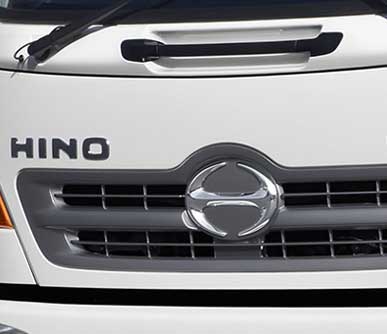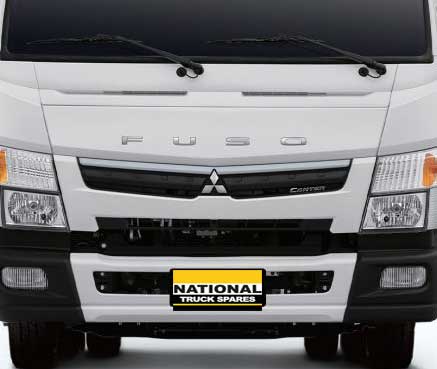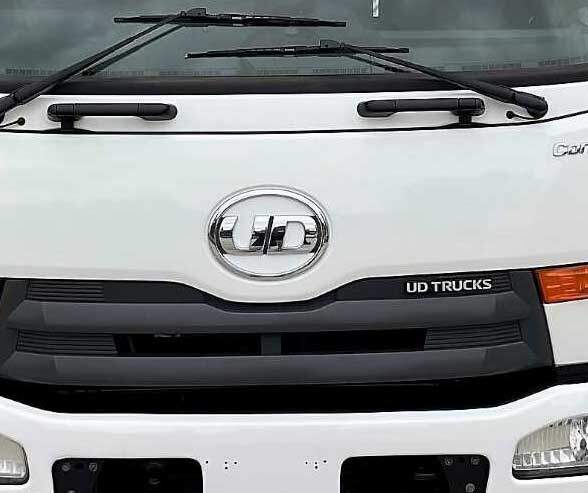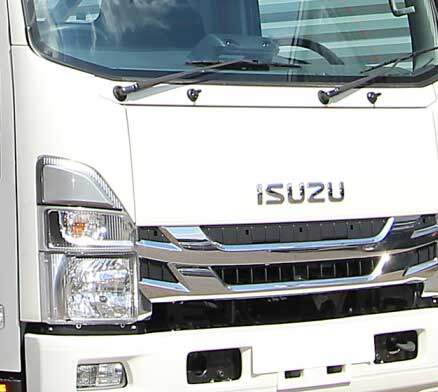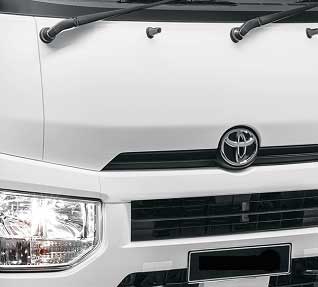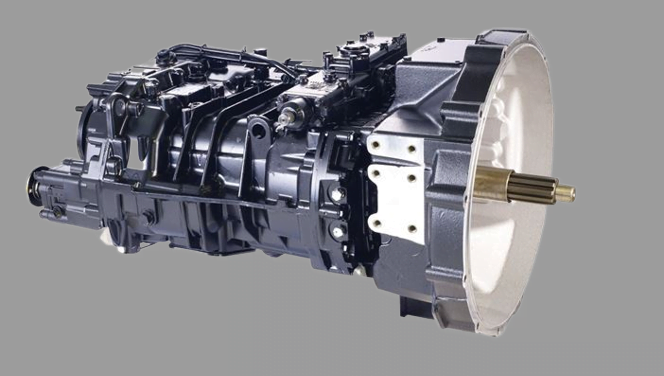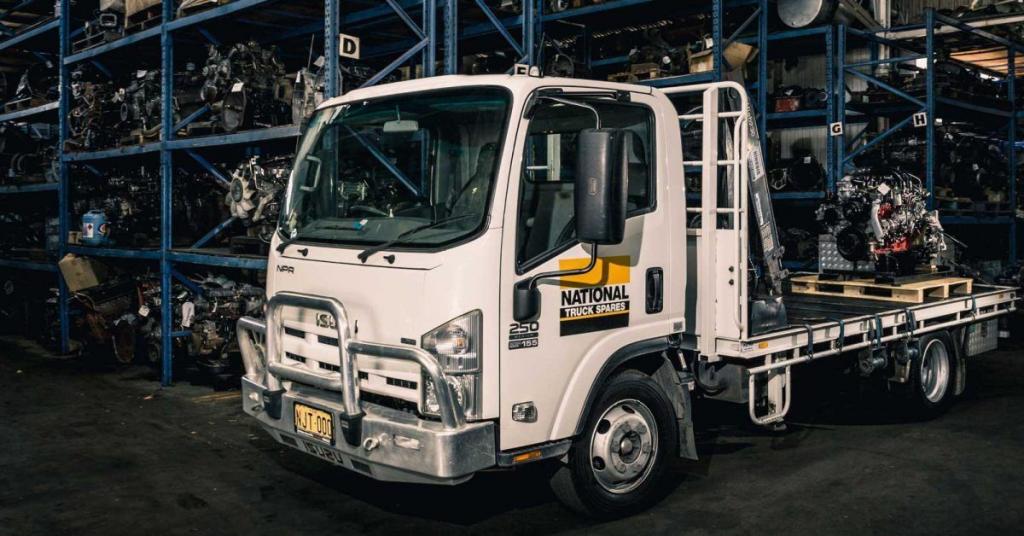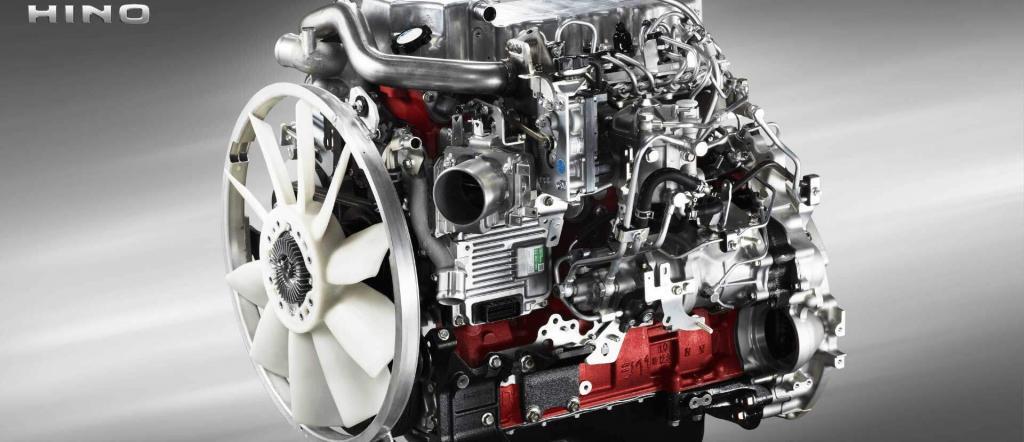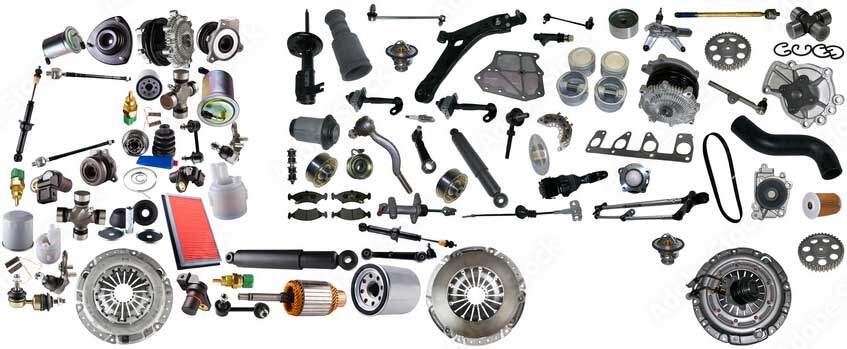Truck Wrecking
Australia’s biggest Japanese Truck Dismantler. Locally dismantled trucks and parts from trucks dismantled in Japan. Specialising in Hino, Isuzu, Mitsubishi Fuso, UD and Toyota.
We also stock reconditioned engines, reconditioned transmissions and new parts.
All parts are workshop inspected, tested, and fully warranted.
Large Range Including 4×4 Trucks
Locally Dismantled Vehicle List.
Please Call or Email – Vehicles Arriving Daily
All Parts Workshop Inspected and Fully Warranted
Click Below for Vehicle List
Large Range Including 4×4 Trucks
Locally Dismantled Vehicle List.
Please Call or Email – Vehicles Arriving Daily
All Parts Workshop Inspected and Fully Warranted
Click Below for Vehicle List
Large Range
Locally Dismantled Vehicle List.
Please Call or Email – Vehicles Arriving Daily
All Parts Workshop Inspected and Fully Warranted
Click Below for Vehicle List
Large Range Including 4×4 Trucks
Locally Dismantled Vehicle List.
Please Call or Email – Vehicles Arriving Daily
All Parts Workshop Inspected and Fully Warranted
Click Below for Vehicle List
Large Range Including 4×4 Trucks
Locally Dismantled Vehicle List.
Please Call or Email – Vehicles Arriving Daily
All Parts Workshop Inspected and Fully Warranted
Click Below for Vehicle List
Truck Wrecking and Recycling
Trucks play a pivotal role in moving goods across vast distances. However, the lifecycle of these workhorses eventually comes to an end, leaving behind a conundrum of what to do with their retired parts and bodies. This is where the art of truck dismantling or wrecking comes into play, offering not only cost savings but also invaluable benefits to recycling resources and preserving the environment.
The Process of Truck Dismantling
Truck dismantling involves the systematic breakdown of decommissioned trucks into their individual components. This process begins with draining fluids such as oil, coolant, and fuel to prevent environmental contamination. Next, skilled technicians carefully disassemble the truck, removing reusable parts such as engines, transmissions, axles, and tyres.
Once the usable components are salvaged, the remaining materials, including metals like steel and aluminium, are sorted for recycling. These materials are then processed and sent to recycling facilities where they can be repurposed for various applications, thus minimizing waste and conserving valuable resources.
Cost Savings through Dismantling
One of the primary advantages of truck dismantling is its potential for significant cost savings. By salvaging and reselling usable parts, truck owners and operators can recoup a portion of their initial investment. Purchasing brand-new replacement parts for heavy-duty trucks can be prohibitively expensive, especially for older models or rare components. Dismantling offers a more affordable alternative, allowing operators to access quality parts at a fraction of the cost of new ones.
Moreover, the savings extend beyond parts acquisition. Properly maintained and refurbished components sourced from dismantled trucks can also contribute to reduced maintenance and repair expenses over the lifespan of other vehicles. This is particularly beneficial for fleet operators managing multiple trucks, as it helps optimize operational budgets and improve overall cost-efficiency.
Recycling Resources for a Sustainable Future
In addition to cost savings, truck dismantling plays a vital role in resource conservation and environmental sustainability. Trucks are composed of various materials, including metals, plastics, and rubber, all of which have the potential to be recycled and repurposed.
Metallic components, such as steel and aluminium, are particularly valuable in the recycling process. Recycling metals significantly reduces the need for virgin ore extraction and processing, which is energy-intensive and environmentally damaging. By recovering and recycling metals from dismantled trucks, we can conserve natural resources, reduce greenhouse gas emissions, and mitigate the environmental impact of metal production.
Furthermore, recycling non-metallic materials like plastics and rubber reduces the strain on landfill capacity and minimizes pollution. These materials can be transformed into new products or used as raw materials in various industries, contributing to a circular economy where resources are reused and repurposed, rather than discarded.
Environmental Benefits of Truck Dismantling
Beyond resource recycling, truck dismantling offers direct environmental benefits that contribute to a cleaner and healthier planet. Decommissioned trucks, if not properly disposed of, can become environmental hazards, leaking toxic fluids and contaminating soil and water sources. By dismantling trucks in a controlled environment and responsibly managing fluids and hazardous materials, we prevent pollution and protect ecosystems.
Moreover, the energy savings associated with recycling metals and other materials from dismantled trucks are substantial. Compared to the energy required to extract and process virgin materials, recycling consumes significantly less energy and produces fewer greenhouse gas emissions. This helps mitigate climate change and reduce our reliance on fossil fuels, moving us closer to a more sustainable and resilient future.
The Role of Innovation in Truck Dismantling
As technology advances, so too does the process of truck dismantling. Innovations in automation, robotics, and material sorting have streamlined the dismantling process, making it more efficient and cost-effective. Automated systems can quickly disassemble trucks, while advanced sorting technologies can identify and separate different materials with precision.
Furthermore, the advent of digital platforms and online marketplaces has facilitated the sale and procurement of used truck parts, connecting buyers and sellers from around the world. This digital ecosystem not only expands market reach but also promotes transparency and efficiency in the parts procurement process.
Conclusion
Truck dismantling or wrecking is more than just a means of disposing of retired vehicles; it is a sustainable solution that offers cost savings, recycles valuable resources, and protects the environment. By salvaging usable parts and recycling materials, we extend the lifespan of trucks, reduce waste, and minimize the ecological footprint of heavy-duty transportation.
As we continue to innovate and embrace sustainable practices in the automotive industry, truck dismantling will play an increasingly vital role in shaping a greener and more sustainable future. By leveraging technology, fostering collaboration, and prioritizing environmental stewardship, we can transform the end-of-life management of trucks into a model of sustainability and resilience for generations to come.
FAQ: The Art of Truck Dismantling
Q: What is truck dismantling or wrecking?
A: Truck dismantling, also known as truck wrecking, is the process of systematically breaking down decommissioned trucks into individual components. This includes removing reusable parts such as engines, transmissions, and axles, as well as sorting and recycling materials like metals, plastics, and rubber.
Q: Why is truck dismantling important?
A: Truck dismantling is important for several reasons. Firstly, it allows for the recovery and reuse of valuable parts, offering significant cost savings compared to purchasing new components. Secondly, it facilitates the recycling of materials, reducing waste and conserving natural resources. Lastly, it helps prevent environmental pollution by responsibly managing fluids and hazardous materials found in decommissioned trucks.
Q: How does truck dismantling contribute to cost savings?
A: Truck dismantling contributes to cost savings by providing access to affordable used parts. Salvaging and reselling reusable components from decommissioned trucks allows truck owners and operators to recoup a portion of their initial investment and reduce maintenance and repair expenses over time.
Q: What materials are recycled during the truck dismantling process?
A: The truck dismantling process involves recycling various materials, including metals such as steel and aluminium, plastics, rubber, and other non-metallic components. These materials are sorted and processed for recycling, reducing the strain on landfill capacity and minimizing pollution.
Q: How does truck dismantling benefit the environment?
A: Truck dismantling benefits the environment in multiple ways. By recycling materials and reducing waste, it conserves natural resources and reduces greenhouse gas emissions associated with virgin material production. Additionally, proper dismantling and disposal of decommissioned trucks prevent environmental pollution and protect ecosystems.
Q: What role does innovation play in truck dismantling?
A: Innovation plays a significant role in advancing the truck dismantling process. Automation, robotics, and advanced sorting technologies have streamlined dismantling operations, making them more efficient and cost-effective. Digital platforms and online marketplaces have also facilitated the sale and procurement of used truck parts, expanding market reach and promoting transparency.
Q: How can I participate in or benefit from truck dismantling?
A: If you own or operate heavy-duty trucks, you can benefit from truck dismantling by selling decommissioned vehicles or purchasing affordable used parts. Additionally, you can contribute to sustainability efforts by choosing reputable dismantling facilities that prioritize responsible environmental practices. Whether you’re looking to save costs or reduce your ecological footprint, truck dismantling offers valuable opportunities for businesses and individuals alike.

